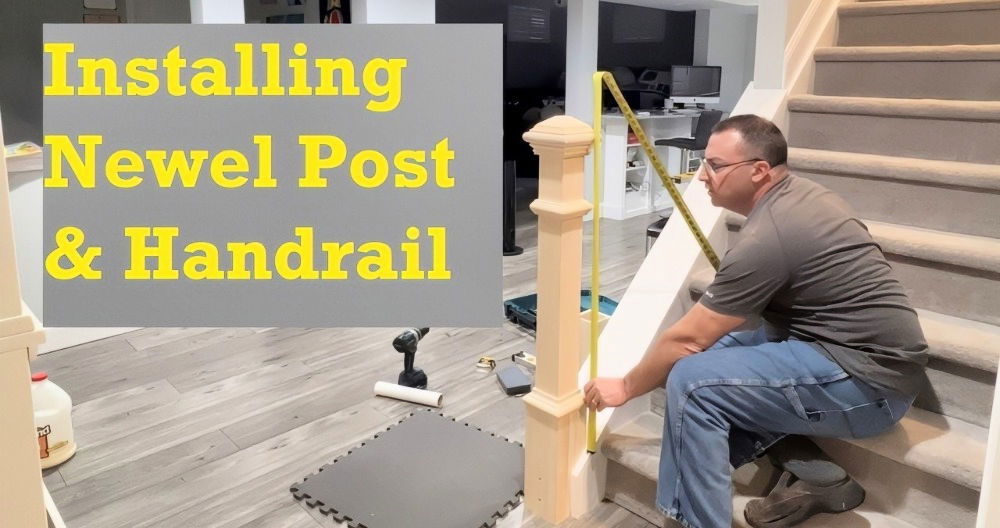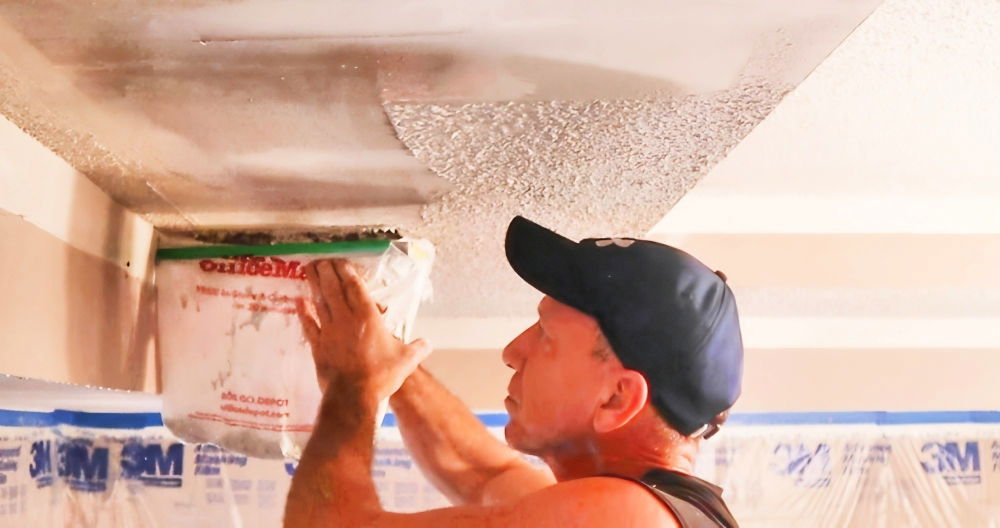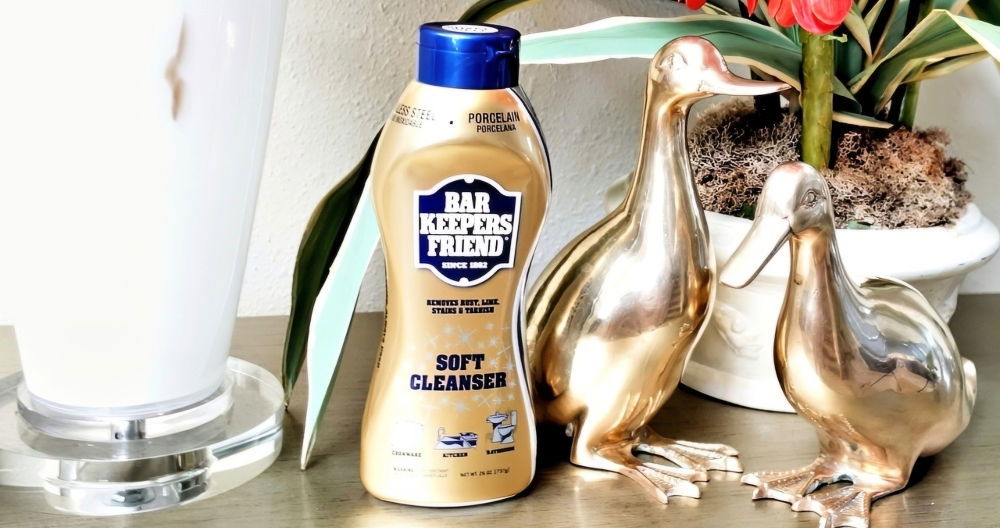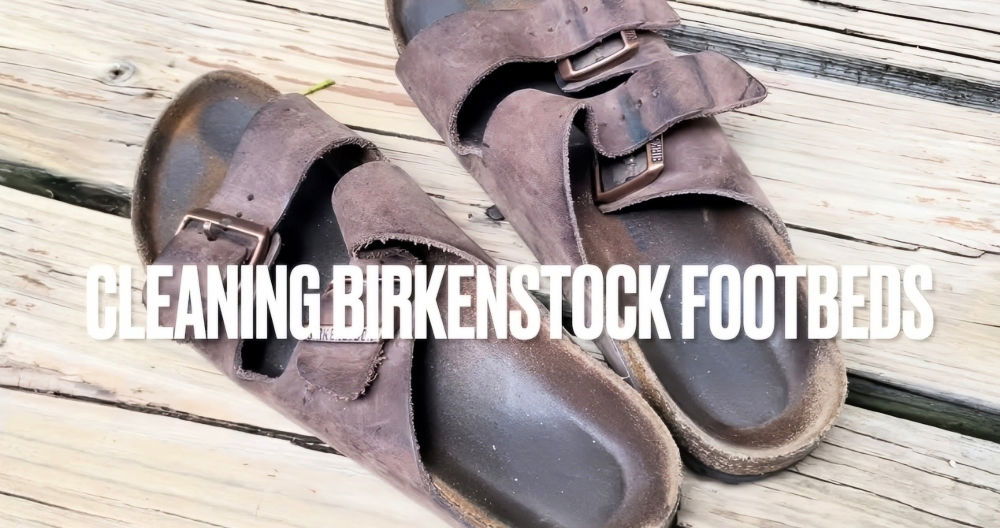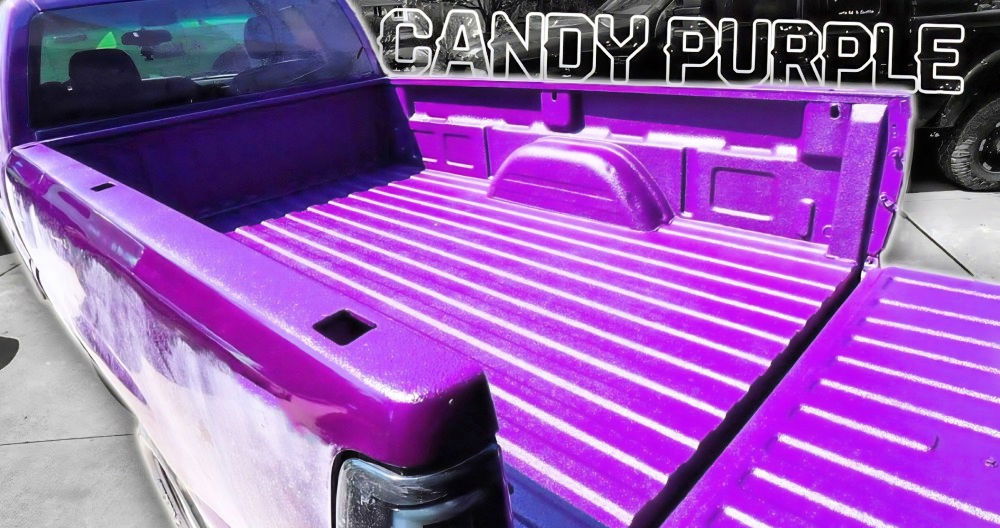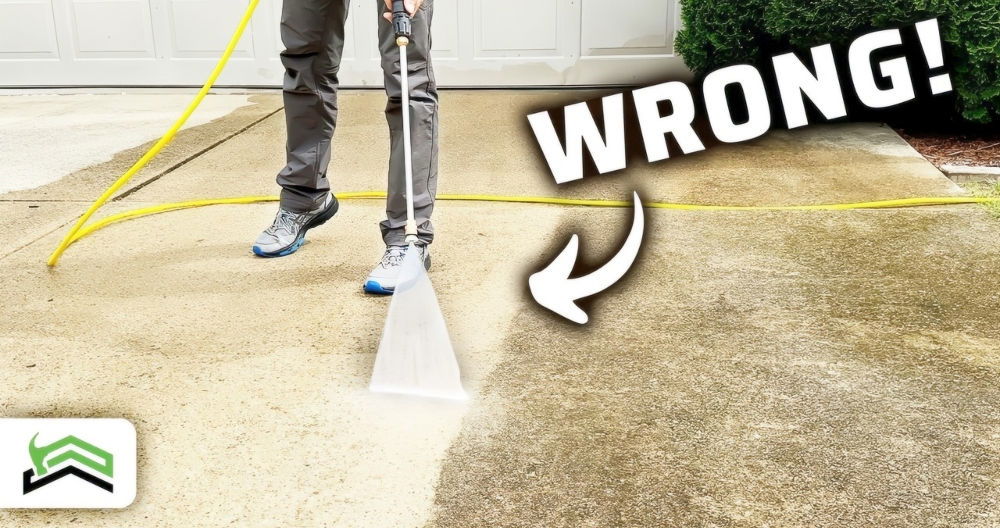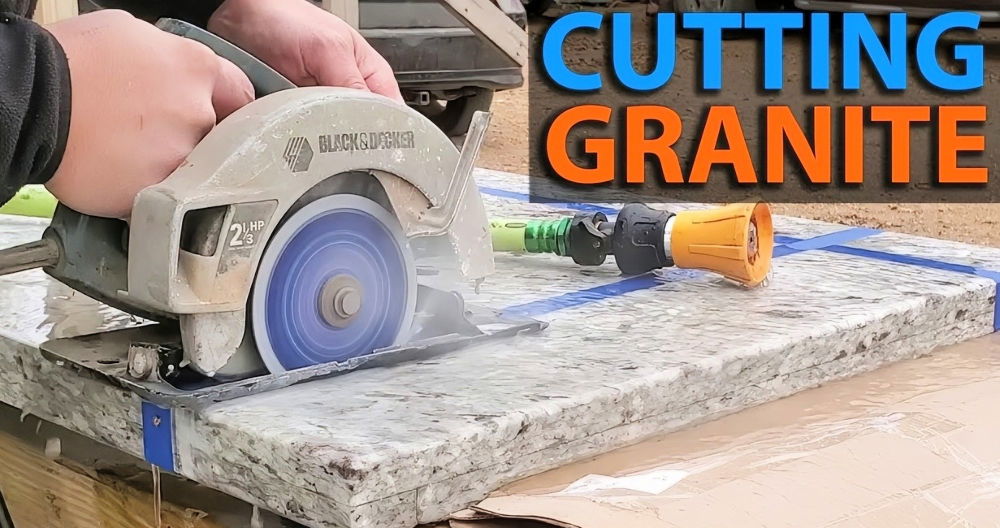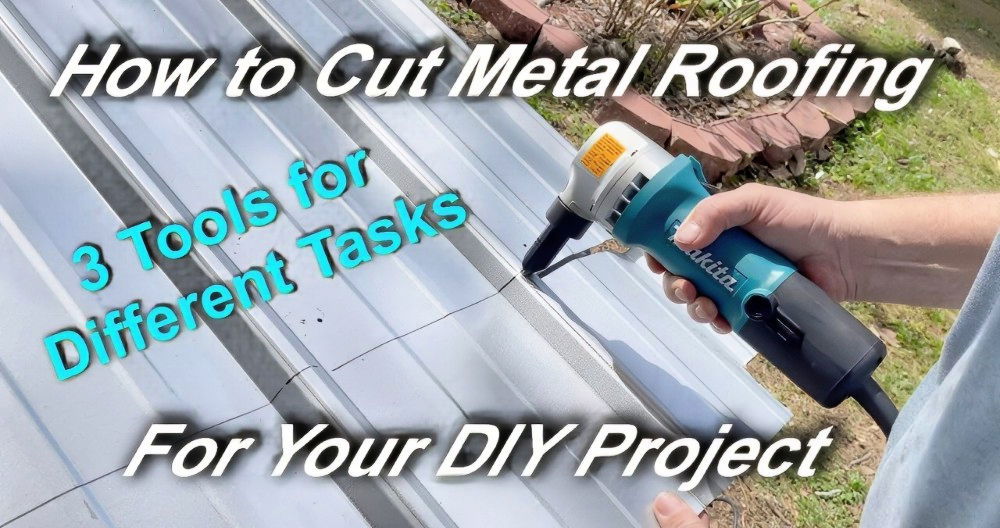If you're concerned about the potential dangers of asbestos in popcorn ceilings, you're not alone. Popcorn ceilings, also known as acoustic ceilings, were popular in homes built between the 1950s and 1980s and often contain asbestos fibers. Asbestos, a naturally occurring mineral, was widely used in building materials due to its durability, heat resistance, and sound-absorbing qualities. However, when asbestos-containing materials are disturbed, they can release tiny fibers into the air, which may pose serious health risks if inhaled. This guide provides comprehensive information to help you understand the risks, precautions, and best practices when dealing with asbestos popcorn ceilings.
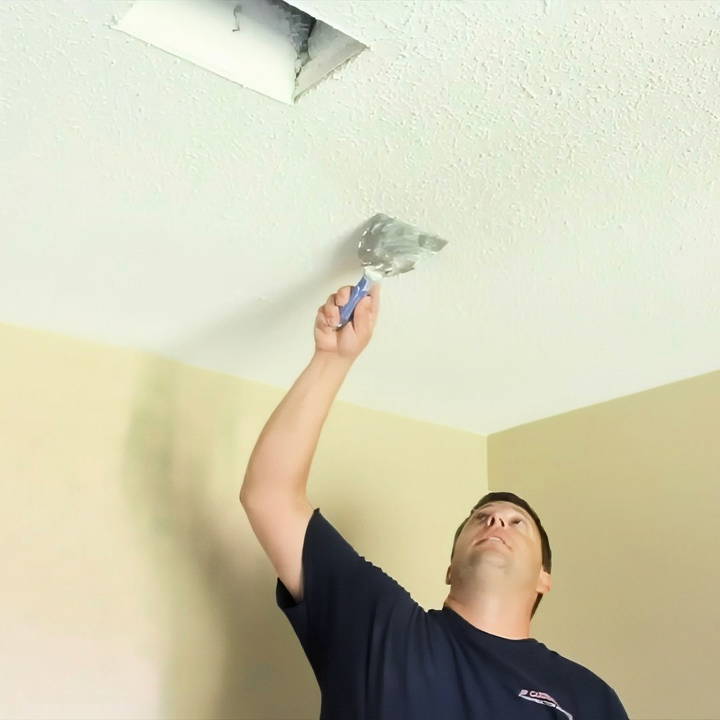
Understanding Asbestos and Its Uses in Popcorn Ceilings
- What Is Asbestos? Asbestos is a group of naturally occurring minerals composed of thin, fibrous crystals. Known for its strength, fire resistance, and insulating properties, asbestos was a staple in the construction industry throughout the 20th century. It was incorporated into everything from insulation and floor tiles to popcorn ceilings to help with soundproofing and fire resistance.
- Why Was Asbestos Used in Popcorn Ceilings? Popcorn ceilings were designed to absorb sound and reduce noise within homes. The textured surface helped to dampen sounds in areas like living rooms, bedrooms, and hallways. Asbestos was added to the spray-on texture used to create the ceiling finish because it enhanced fire resistance and strengthened the material, helping it to better adhere to the ceiling surface.
When Is Asbestos in Popcorn Ceilings Dangerous?
One of the most important facts about asbestos is that it's not necessarily dangerous when left undisturbed. The Environmental Protection Agency (EPA) advises that asbestos-containing materials that are intact and in good condition should generally be left alone. The danger arises when asbestos materials are disturbed, such as during renovations, repairs, or removal, releasing fibers into the air that can be inhaled. Here's when asbestos in popcorn ceilings becomes a concern:
- Disturbance or Damage: Drilling, sanding, or otherwise disturbing the ceiling can release asbestos fibers into the air.
- Aging and Wear: As popcorn ceilings age, they may start to deteriorate, potentially releasing fibers even without direct disturbance.
If the ceiling is in good condition and undisturbed, asbestos fibers are unlikely to be released, and therefore, it does not pose an immediate health risk.
Health Risks Associated with Asbestos Exposure
Asbestos exposure has been linked to several serious health conditions, most notably:
- Asbestosis: A chronic lung condition caused by inhaling asbestos fibers, leading to scarring of the lung tissue.
- Lung Cancer: Long-term asbestos exposure can significantly increase the risk of developing lung cancer.
- Mesothelioma: A rare but aggressive cancer primarily affecting the lining of the lungs and chest cavity. Mesothelioma is almost exclusively caused by asbestos exposure.
Most health risks associated with asbestos stem from prolonged exposure, such as that experienced by workers in asbestos mines or manufacturing plants. Homeowners performing occasional maintenance work may have a much lower risk, especially if proper precautions are taken.
Removing or Sealing Popcorn Ceilings with Asbestos: What Are Your Options?
If you're concerned about asbestos in your popcorn ceiling, you have a few options to consider:
1. Leave It Undisturbed
- If your popcorn ceiling is in good condition and does not need repairs or updates, it's often best to leave it alone.
- Undisturbed asbestos does not pose an immediate threat.
2. Encapsulation
- Encapsulation involves sealing the asbestos-containing material with a protective coating to prevent fiber release.
- This can be a less invasive and cost-effective option, especially if you don't want to remove the ceiling texture.
- However, avoid painting directly over the ceiling as this can create a barrier that complicates future removal, especially if water is needed to soften the material before scraping.
3. Professional Removal
- Removal is the only option to eliminate asbestos from the property completely. However, it can be costly and requires careful planning.
- It's essential to hire certified asbestos abatement professionals who follow strict safety protocols to minimize exposure.
- DIY Removal Considerations: The EPA allows homeowners to remove asbestos themselves in some cases, but this is not recommended due to the health risks involved. Professionals have the necessary equipment, including P100 respirators, protective suits, and controlled air systems to safely handle asbestos removal.
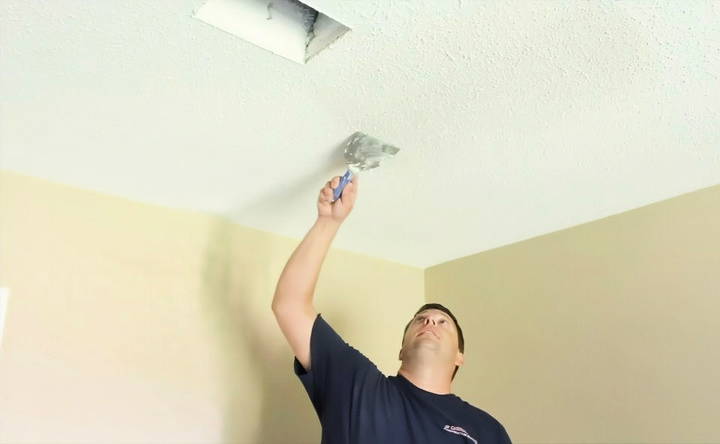
Precautions for Safe Asbestos Removal and Handling
If you decide to remove or disturb asbestos-containing materials, consider these crucial safety steps:
Personal Protective Equipment (PPE)
- Respirators: Use a P100-rated respirator, which is specifically designed to filter out asbestos fibers. This is crucial for minimizing inhalation risks.
- Protective Clothing: Disposable suits, gloves, and shoe covers are essential for preventing asbestos fibers from clinging to clothes or skin.
- Eye Protection: Safety goggles protect against dust and fibers that may be released during removal.
Area Containment
- Set up a controlled environment by isolating the work area with plastic sheeting to contain any airborne fibers.
- Use a HEPA vacuum to clean up dust and debris to avoid spreading asbestos fibers throughout the home.
Ventilation
- Avoid using fans or other airflow-generating equipment, as these can disperse asbestos fibers into the air.
- Ensure the area is well-ventilated, but avoid opening windows or doors that could carry fibers to other areas.
Disposal
- Asbestos waste must be double-bagged in special, clearly labeled bags and disposed of at designated facilities equipped to handle hazardous materials.
Testing Your Popcorn Ceiling for Asbestos
If you're unsure whether your popcorn ceiling contains asbestos, testing is recommended before proceeding with any renovations or repairs. Here's how to go about it:
- Contact a Certified Asbestos Inspector: Many companies specialize in asbestos testing and can safely collect and analyze a sample.
- DIY Testing Kits: If you prefer to test yourself, DIY kits are available but involve collecting a sample, which can release fibers. This should only be done if you understand the risks and have the proper protective gear.
- Typical Testing Costs: Expect to spend around $20-$50 for a basic testing kit, but professional testing can provide more accurate results and may cost slightly more.
Testing is the best way to confirm the presence of asbestos and make an informed decision about how to handle your popcorn ceiling.
Why Professional Help May Be Worth It
For extensive work or if you're simply not comfortable dealing with asbestos, hiring professionals is a good investment. Licensed asbestos abatement companies follow state and federal safety regulations, ensuring that the asbestos is removed or sealed properly without putting you or others at risk. These professionals wear full-body protective gear and often use negative air pressure systems to contain fibers during removal.
Cost Considerations
Professional removal can be expensive, with costs ranging widely based on the scope of work, but it provides peace of mind and reduces health risks. This is particularly valuable if you plan on living in the home long-term or if you're planning to sell, as asbestos-free homes can be more appealing to potential buyers.
Conclusion:
While the idea of asbestos in popcorn ceilings can be concerning, it's essential to understand that asbestos only poses a risk when disturbed. If you choose to remove or encapsulate your popcorn ceiling, follow safety precautions or consider hiring a professional. With proper care and handling, asbestos-containing materials in the home don't have to be a source of fear.
FAQs About Asbestos Popcorn Ceilings
Get answers to common questions about asbestos popcorn ceilings, including risks, removal costs, and safety tips for homeowners.
Yes, if the ceiling is undisturbed and in good condition, it is generally safe. The EPA does not recommend removing asbestos unless it’s damaged or requires maintenance.
Testing is the only way to be certain. If your home was built between 1950 and 1980, there’s a good chance the ceiling contains asbestos.
It’s generally advised not to paint over popcorn ceilings, especially if they contain asbestos. Paint can create a barrier that makes future removal more challenging.
If a ceiling is accidentally damaged, avoid further disturbance, leave the area, and contact a professional for advice on containment and repair.
Testing is highly recommended, especially if your home was built between the 1950s and 1980s when asbestos use was common. DIY asbestos test kits are available online or at home improvement stores like Lowe’s and Home Depot, allowing you to collect a sample and mail it to a lab for analysis.
Asbestos-related diseases, such as mesothelioma, often take decades to manifest. Short-term exposure symptoms are uncommon; however, regular exposure over time greatly increases risk. Asbestos is a "silent" danger, and the effects may not appear for 20–40 years.
While painting can encapsulate asbestos, it complicates future removal and may not be effective in reducing fiber release. The paint creates a barrier that makes wetting and scraping more challenging. Encapsulation is better done with specialized sealants, or consult a professional for safer options.
If you choose to DIY, wear a P100 respirator, a full disposable suit, gloves, and goggles. Ensure that your respirator is specifically rated for "toxic dusts," not just vapors. All PPE should be discarded after the project to prevent fibers from spreading.
No, standard vacuums can spread asbestos fibers. Only HEPA-filtered vacuums designed for asbestos should be used. Even with a HEPA vacuum, consider professional cleanup options, as household vacuums do not contain the microscopic asbestos fibers.
In many areas, homeowners can legally remove asbestos in their own homes. However, strict regulations apply to contractors and licensed abatement professionals. Even if it's legal, improper handling can endanger your family and neighbors. Always check local laws before starting a DIY removal.
Asbestos waste must be double-bagged in labeled, sealed bags and disposed of at an approved facility. Some areas permit small amounts in regular trash, but this varies widely. Contact local waste management services for specific disposal instructions.
Yes, although mesothelioma generally results from prolonged exposure, cases have been linked to short-term or even one-time exposure in individuals with certain genetic susceptibilities. Take all necessary precautions and consider professional help if uncertain.
If you're renting, test your ceiling for asbestos before any disturbance. Landlords are often required to address asbestos hazards if confirmed. Document your findings and discuss with your landlord to determine the best course of action.


